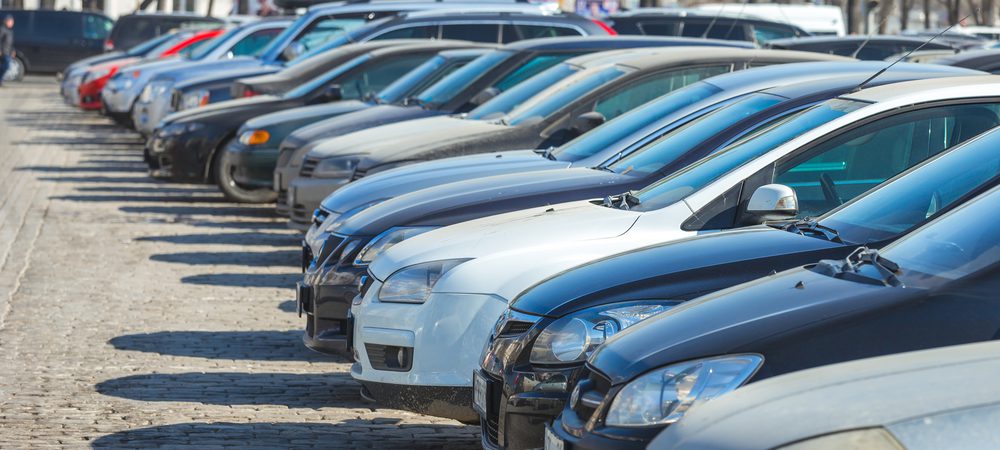The cost per unit to purchase inventory for the used car lot continues to increase as the second quarter of 2021 kicks off. The Manheim Used Vehicle Index for March reached a record high of 179.2, reflecting an increase of 26.2% from the same time last year. From the previous month, the Index rose by nearly 6%, adjusted for mix, mileage, and the season.
Chief economist at Cox Automotive, Jonathan Smoke, said, “It is not uncommon to see a spring bounce in wholesale prices, but a 26.2% increase is a leap by any measure. We continue to experience high demand and limited supply. And, as we begin to see the light at the end of the tunnel that is the coronavirus pandemic, increasing consumer confidence and decreasing unemployment create market conditions that lead to sizeable price gains in the first quarter.”
The rising wholesale prices are a clear indication of the used car market’s strength as the economy continues to open up with signals that the pandemic is tailing off. March’s seasonally adjusted annual rate for total used-vehicle sales is estimated at 40.5 million, up from 38.1 million and 38.0 million respectively through January and February. It’s significantly more than double last year’s March SAAR of 18.5 million, representing a 117% year-over-year improvement.
Competing for inventory
Manheim’s reported wholesale prices indicate what the used car sales industry already knows: inventory is extremely tight. Seven-day rolling estimates for used retail inventory on hand was just 29 days, whereas the normal used retail supply is 44 days. It shows a dramatic shift in volume of inventory available compared to a year ago.
Wholesale supply on April 9, 2020 – exactly one year ago – was 149 days. That figure plummeted to just 18 days supply at the end of March 2021, representing more than 20% fewer wholesale units available than the normal rate of 23 days.
Suffice to say, dealerships nationwide are competing to procure inventory for their used car lots and are paying handsomely at auction to fill their parking spaces. Nationwide, dealers are challenged to keep up with demand for pre-owned model, putting pressure on the used car department to pay more for trade-ins and leaning on parts and service departments to quickly turn around incoming units, readying them for the lot.
Americans’ insatiable appetite for vehicles
Pandemic or not, the resilient auto retail market in the United States rolls along. New car sales in March resulted in the highest SAAR since October 2017 at 17.7 million, nearly 60% higher than last March. New car inventory is flying off the lot faster than it can be replenished while the annual sales forecast from Cox Automotive has been increased from 15.7 million to 16.1 million. New car inventory challenges have been well documented as of late.
With both new vehicle and used car sales rolling strong and inventory low, there’s a good possibility that wholesale prices will continue to rise once again in April, and it wouldn’t be surprising for several subsequent months as well. The question that will need to be answered is this: will high prices begin to suppress sales or will inventory recover to keep pushing sales forward?
Did you enjoy this article from Jason Unrau? Read other articles on CBT News here. Please share your thoughts, comments, or questions regarding this topic by submitting a letter to the editor here, or connect with us at newsroom@cbtnews.com.
Be sure to follow us on Facebook and Twitter to stay up to date or catch-up on all of our podcasts on demand.
While you’re here, don’t forget to subscribe to our email newsletter for all the latest auto industry news from CBT News.










